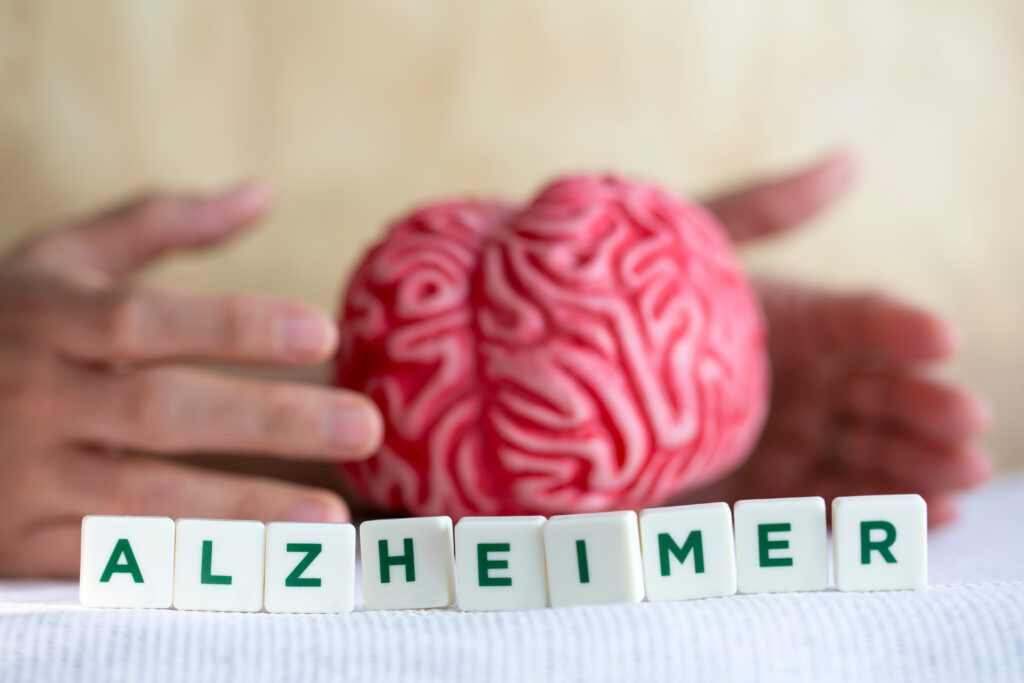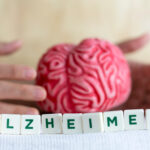**The Role of Massage Therapy in Alzheimer Care**
Alzheimer’s disease is a condition that affects memory and cognitive function, leading to significant challenges for both the individual and their loved ones. While there is no cure for Alzheimer’s, various therapeutic approaches can help manage its symptoms and improve the quality of life for those affected. One such approach is massage therapy, which has been increasingly recognized for its benefits in Alzheimer care.
### What is Massage Therapy?
Massage therapy involves the manipulation of soft tissues in the body, such as muscles, tendons, and ligaments. It can be performed by a trained therapist using various techniques, including gentle strokes, kneading, and pressure points. The goal of massage therapy is to promote relaxation, reduce pain and discomfort, and improve overall well-being.
### Benefits of Massage Therapy for Alzheimer’s Patients
1. **Reduced Anxiety and Agitation**: Individuals with Alzheimer’s often experience anxiety and agitation, which can be distressing for both the patient and their caregivers. Massage therapy has been shown to reduce these symptoms by promoting relaxation and calming the mind.
2. **Improved Circulation**: Regular massage can help improve blood circulation, which is essential for maintaining physical health. Good circulation can also help reduce the risk of pressure sores and other complications associated with immobility.
3. **Enhanced Relaxation**: Alzheimer’s patients often have difficulty sleeping or experiencing restful sleep. Massage therapy can help alleviate this issue by promoting deep relaxation and reducing stress levels.
4. **Stimulation of Cognitive Functions**: While massage itself does not directly improve cognitive function, it can contribute to a more relaxed and calm state, which may indirectly support cognitive health.
5. **Social Interaction**: Many Alzheimer’s patients benefit from social interaction, which is often lacking in their daily lives. Massage therapy sessions provide an opportunity for patients to interact with caregivers and therapists, fostering a sense of connection and community.
### How Massage Therapy is Used in Alzheimer Care
In memory care facilities, massage therapy is often incorporated into the daily routine of residents. Here’s how it is typically used:
1. **Individualized Sessions**: Each patient receives personalized massage sessions tailored to their specific needs and comfort levels. This ensures that the therapy is both enjoyable and beneficial.
2. **Trained Therapists**: Caregivers and therapists are trained to handle patients with Alzheimer’s, understanding the unique challenges they face. This training includes recognizing signs of distress or discomfort during the massage session.
3. **Sensory Stimulation**: For some patients, sensory stimulation through touch can be particularly effective. Gentle strokes or soft music played during the massage can help stimulate their senses and create a calming environment.
4. **Family Involvement**: In many facilities, family members are encouraged to participate in the massage therapy sessions. This not only strengthens family bonds but also provides an opportunity for loved ones to engage in meaningful interactions with their relatives.
### Conclusion
Massage therapy is a valuable addition to the care and support provided to individuals with Alzheimer’s disease. By reducing anxiety, improving circulation, enhancing relaxation, and promoting social interaction, it contributes significantly to the overall well-being of these patients. As part of a comprehensive care plan that includes person-centered approaches and structured daily routines, massage therapy can play a crucial role in enhancing the quality of life for those affected by Alzheimer’s.
In summary, while there is no single cure for Alzheimer’s, incorporating massage therapy into the care routine can make a significant difference in managing its symptoms and improving the quality of life for those affected.


